Rumors and reports around the prospect of Half-Life 3 being in development have persisted for decades, with the expectations and uncertainty surrounding such a sequel taking on a life of its own. It remains unclear if this kind of project will ever see the light of day, and despite a near complete lack of official information ever releasing about the game, fans are still as hopeful as ever that the title will finally launch at some point.
A massive renewal of interest and discussion recently arose around the Half-Life franchise thanks to celebrations surrounding the 20th anniversary of Half-Life 2, with Valve marking the momentous occasion with the kind of content and communication that the iconic title deserves. Alongside some fantastic updates, improvements, and sales for Half-Life 2, Valve even released a comprehensive and fascinating documentary around the conceptualization and development of Half-Life 2, and beyond. The documentary even touches on and showcases the earliest development stages of Half-Life 3, with included footage that gives a bittersweet glimpse into one of the most anticipated projects in gaming history.
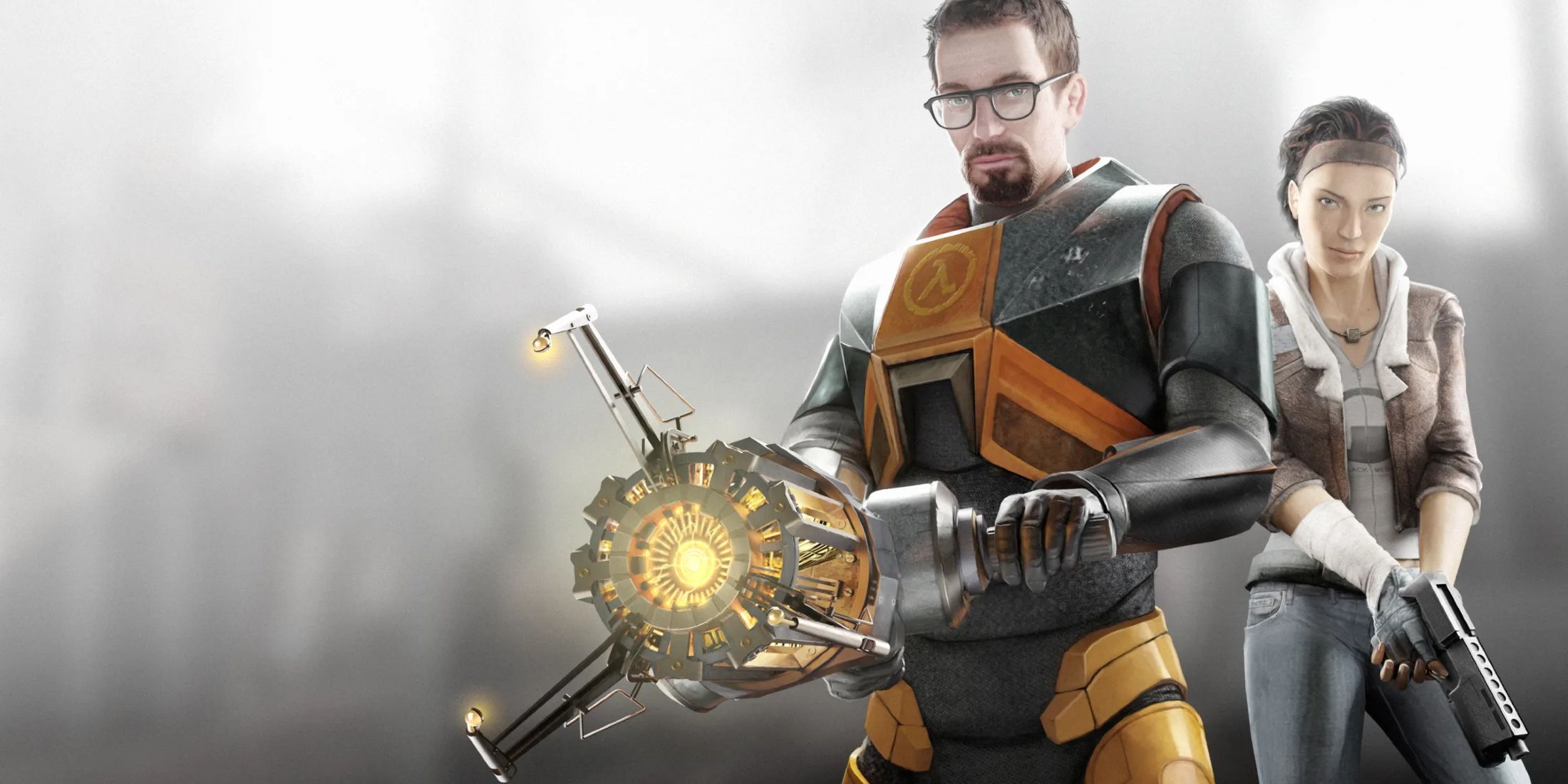
Related
Why Now is a Great Time to Start Playing Half-Life 2
Some big changes and special offers recently came to Half-Life 2 due to its 20th anniversary, making now a perfect time for players to experience it.
Fans Recently Saw One of the Most In-Depth Looks at Half-Life 3 Ever Seen
The first two entries to the Half-Life franchise, as well as its episodic expansions, are considered by many as some of the best first-person shooter experiences in gaming history. For both Half-Life in 1998 and Half-Life 2 in 2004, Valve pushed the limits of what could be expected from single-player gaming, especially within the realms of environmental storytelling, scale, AI, graphical fidelity, and physics simulation.
Even with Valve’s excellent catalog of franchises such as Portal, Counter-Strike, Team Fortress, and Left 4 Dead, Half-Life remains as arguably the most iconic and recognizable IP to come from the studio. This is reflected well in the staggering longevity of Half-Life, with so much discussion and community involvement still existing around the franchise despite its last mainline release coming out in 2007.
The sheer influence and popularity of the Half-Life franchise has predictably created a burning desire for the release of Half-Life 3, a project that has been the subject of an immense amount of rumors and alleged leaks over the years. The lack of communication or official acknowledgment by Valve regarding Half-Life 3 ever since 2007 has given the non-existent project cult-like status online ever since, yet this finally changed thanks to a recent documentary celebrating 20 years of Half-Life 2.
Valve Showcased the Landscapes, Enemies, and Weapons of Half-Life 3
In the documentary, Valve gives some attention to a canceled early build of Half-Life 3, showing footage of early prototype work for things like settings and new enemy types using Half-Life 2‘s Source Engine. As expected, many of the environments in this footage are arctic in nature, confirming that this early concept of Half-Life 3 would have seen Gordon Freeman seek out the Borealis ship seen in Episode 2, along with its Aperture Science-created secrets.
A new enemy-type was also shown in the form of a sentient blob, adding a new dynamic to the alien species that make up the Combine, as well as an experimental Ice Gun that could create cover, ledges, or ramps to aid in combat and traversal. Within the documentary, the development team states how Half-Life 3 ultimately failed to materialize due to a perceived lack of new technology that made the leap from the original Half-Life to Half-Life 2 so mesmerizing. While this footage does not get Half-Life 3 any closer to being released, it proves that the concepts and frameworks have been worked on by Valve, with the new gaming technology of the modern day potentially giving Valve the motivation to finally pull the trigger on the project in the near future – though it remains to be seen if that will actually happen.
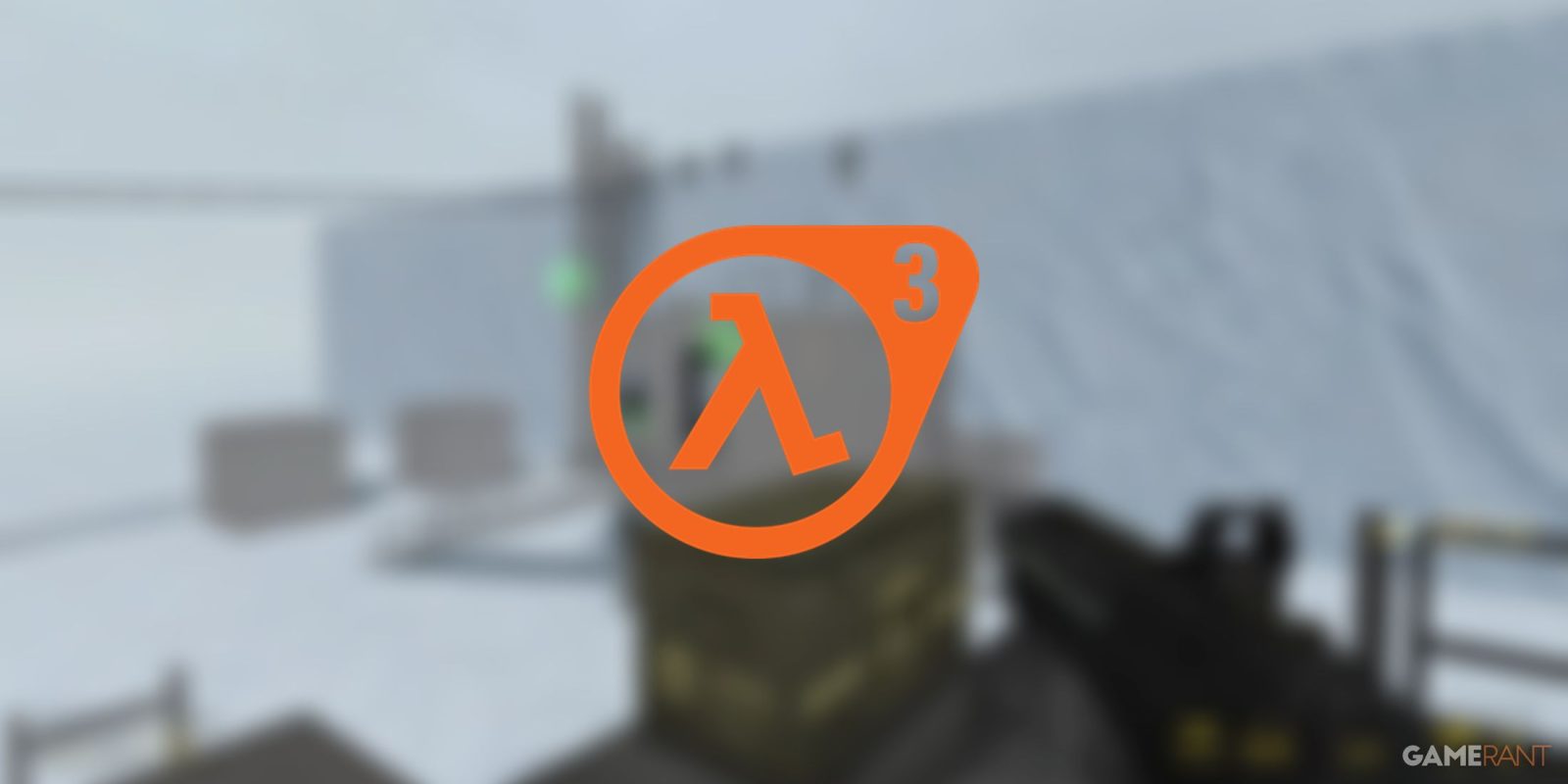





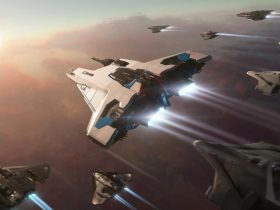



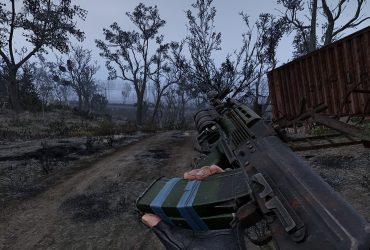


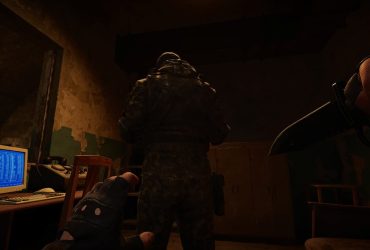

Leave a Reply